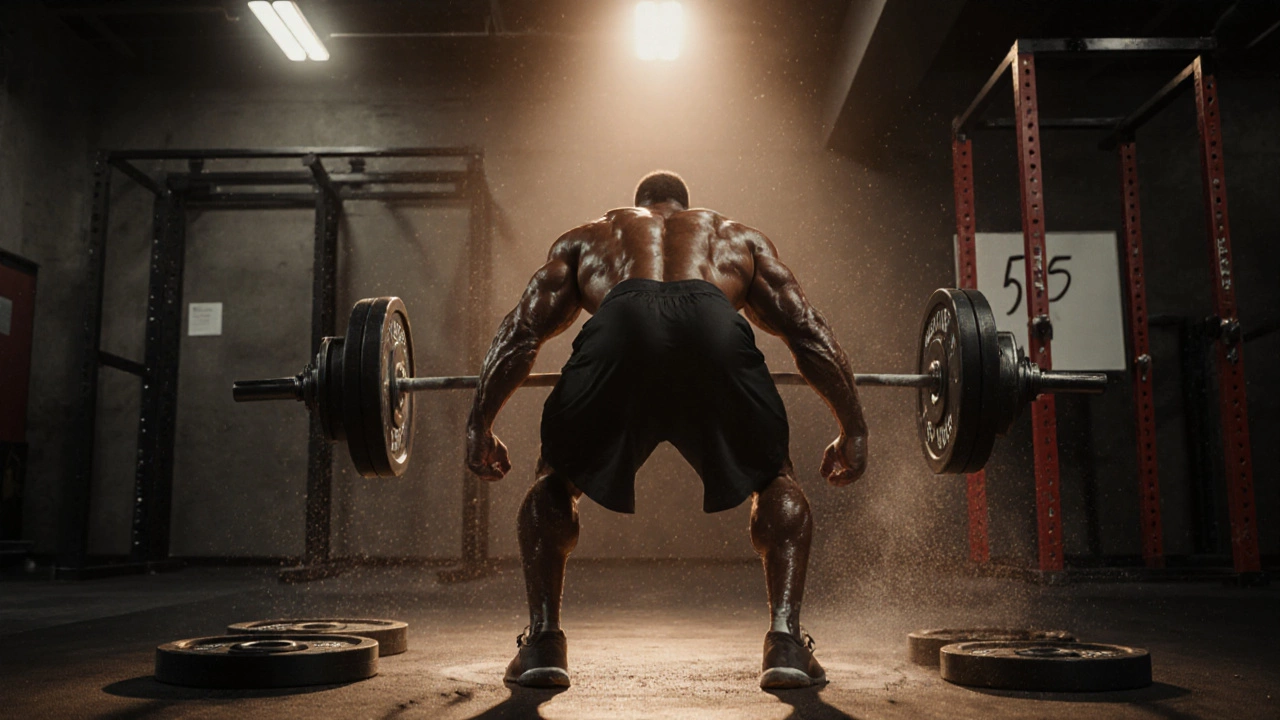
5x5 Workout: Simple Strength Routine for Real Results
When you hear 5x5 workout, a strength training method using five sets of five repetitions for compound lifts. Also known as five by five, it’s one of the most straightforward ways to get stronger without spending hours in the gym. You don’t need fancy equipment or complex programs—just a barbell, some weights, and the discipline to show up. This isn’t bodybuilding. It’s about getting stronger, fast.
The 5x5 workout revolves around a few key lifts: the squat, deadlift, bench press, overhead press, and barbell row. These aren’t optional extras—they’re the core. Each exercise targets multiple muscle groups at once, which means you build strength across your whole body in less time. The strength training approach behind this method isn’t new, but it’s still the most reliable. Programs like StrongLifts 5x5 and Madcow 5x5 have helped thousands of people go from beginner to lifting heavier than they ever thought possible.
Why does five sets of five work? Because it hits the sweet spot between volume and intensity. Too many reps, and you’re chasing endurance. Too few, and you’re not building enough stimulus. Five reps let you lift heavy enough to force your muscles and nervous system to adapt, but not so heavy that you burn out or get injured. It’s designed for consistent progress—not one-off PRs. You start light, add weight every session, and let your body catch up. No guesswork. No fluff.
This routine works best for people who want real strength gains, not just muscle size. It’s perfect if you’re tired of spinning your wheels with endless sets of isolation exercises. If you’ve ever wondered why some lifters seem to get stronger without changing their routine, it’s because they stuck to the basics. The powerlifting community relies on this structure for a reason—it’s simple, scalable, and brutally effective.
And you don’t need to be a pro. Whether you’re 20 or 50, whether you’ve lifted for months or never touched a barbell, the 5x5 workout adapts to you. You start with what you can handle. The goal isn’t to match someone else’s numbers—it’s to beat your own. That’s how real progress happens.
Below, you’ll find real guides, breakdowns, and tips from people who’ve used this method to transform their strength. Some explain how to adjust it for home gyms. Others show how to recover between sessions without burning out. A few even break down how to handle plateaus without quitting. This isn’t theory. It’s what works when you show up day after day.

